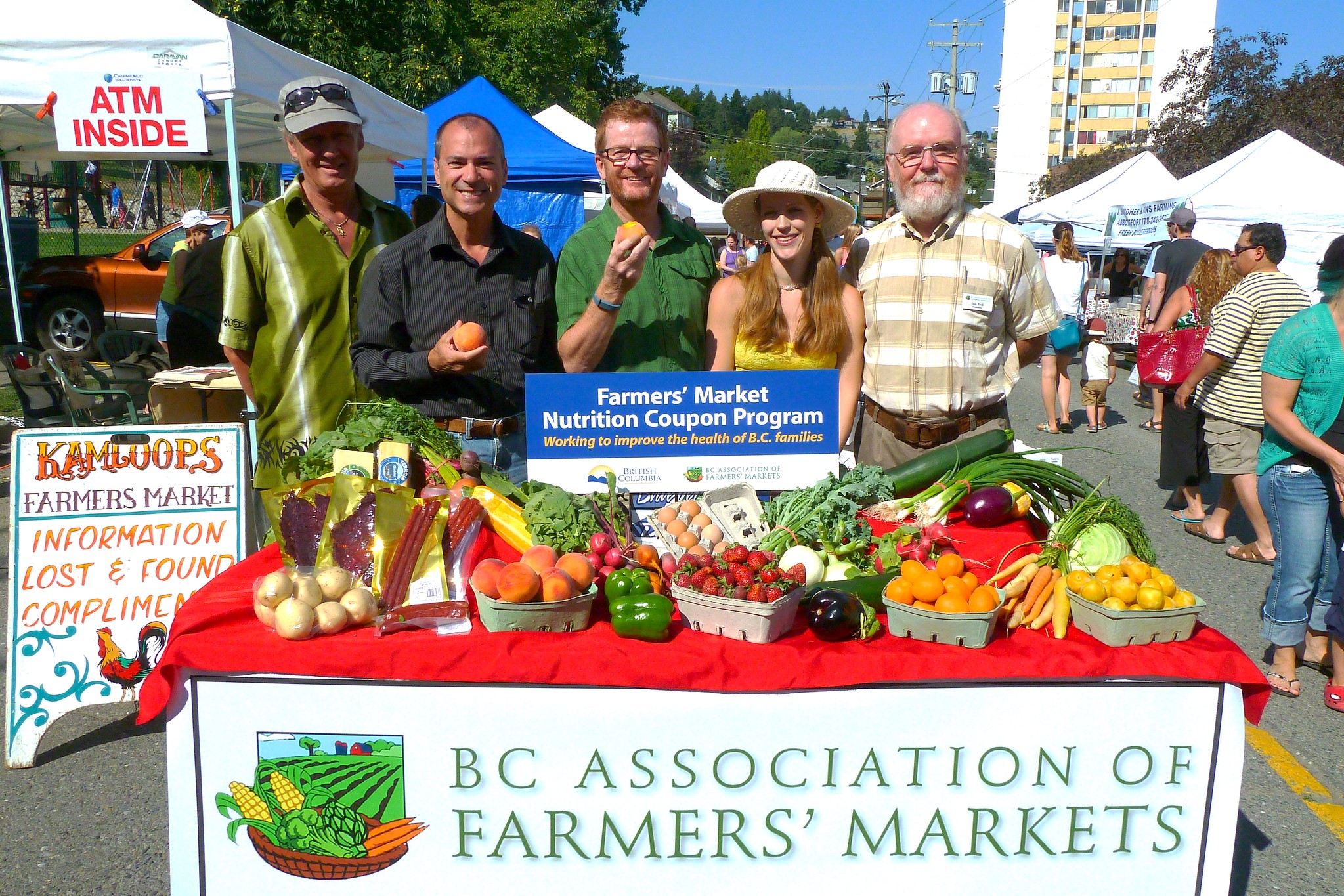4.3: Types of Food and Beverage Customers
- Page ID
- 9327
\( \newcommand{\vecs}[1]{\overset { \scriptstyle \rightharpoonup} {\mathbf{#1}} } \)
\( \newcommand{\vecd}[1]{\overset{-\!-\!\rightharpoonup}{\vphantom{a}\smash {#1}}} \)
\( \newcommand{\id}{\mathrm{id}}\) \( \newcommand{\Span}{\mathrm{span}}\)
( \newcommand{\kernel}{\mathrm{null}\,}\) \( \newcommand{\range}{\mathrm{range}\,}\)
\( \newcommand{\RealPart}{\mathrm{Re}}\) \( \newcommand{\ImaginaryPart}{\mathrm{Im}}\)
\( \newcommand{\Argument}{\mathrm{Arg}}\) \( \newcommand{\norm}[1]{\| #1 \|}\)
\( \newcommand{\inner}[2]{\langle #1, #2 \rangle}\)
\( \newcommand{\Span}{\mathrm{span}}\)
\( \newcommand{\id}{\mathrm{id}}\)
\( \newcommand{\Span}{\mathrm{span}}\)
\( \newcommand{\kernel}{\mathrm{null}\,}\)
\( \newcommand{\range}{\mathrm{range}\,}\)
\( \newcommand{\RealPart}{\mathrm{Re}}\)
\( \newcommand{\ImaginaryPart}{\mathrm{Im}}\)
\( \newcommand{\Argument}{\mathrm{Arg}}\)
\( \newcommand{\norm}[1]{\| #1 \|}\)
\( \newcommand{\inner}[2]{\langle #1, #2 \rangle}\)
\( \newcommand{\Span}{\mathrm{span}}\) \( \newcommand{\AA}{\unicode[.8,0]{x212B}}\)
\( \newcommand{\vectorA}[1]{\vec{#1}} % arrow\)
\( \newcommand{\vectorAt}[1]{\vec{\text{#1}}} % arrow\)
\( \newcommand{\vectorB}[1]{\overset { \scriptstyle \rightharpoonup} {\mathbf{#1}} } \)
\( \newcommand{\vectorC}[1]{\textbf{#1}} \)
\( \newcommand{\vectorD}[1]{\overrightarrow{#1}} \)
\( \newcommand{\vectorDt}[1]{\overrightarrow{\text{#1}}} \)
\( \newcommand{\vectE}[1]{\overset{-\!-\!\rightharpoonup}{\vphantom{a}\smash{\mathbf {#1}}}} \)
\( \newcommand{\vecs}[1]{\overset { \scriptstyle \rightharpoonup} {\mathbf{#1}} } \)
\( \newcommand{\vecd}[1]{\overset{-\!-\!\rightharpoonup}{\vphantom{a}\smash {#1}}} \)
\(\newcommand{\avec}{\mathbf a}\) \(\newcommand{\bvec}{\mathbf b}\) \(\newcommand{\cvec}{\mathbf c}\) \(\newcommand{\dvec}{\mathbf d}\) \(\newcommand{\dtil}{\widetilde{\mathbf d}}\) \(\newcommand{\evec}{\mathbf e}\) \(\newcommand{\fvec}{\mathbf f}\) \(\newcommand{\nvec}{\mathbf n}\) \(\newcommand{\pvec}{\mathbf p}\) \(\newcommand{\qvec}{\mathbf q}\) \(\newcommand{\svec}{\mathbf s}\) \(\newcommand{\tvec}{\mathbf t}\) \(\newcommand{\uvec}{\mathbf u}\) \(\newcommand{\vvec}{\mathbf v}\) \(\newcommand{\wvec}{\mathbf w}\) \(\newcommand{\xvec}{\mathbf x}\) \(\newcommand{\yvec}{\mathbf y}\) \(\newcommand{\zvec}{\mathbf z}\) \(\newcommand{\rvec}{\mathbf r}\) \(\newcommand{\mvec}{\mathbf m}\) \(\newcommand{\zerovec}{\mathbf 0}\) \(\newcommand{\onevec}{\mathbf 1}\) \(\newcommand{\real}{\mathbb R}\) \(\newcommand{\twovec}[2]{\left[\begin{array}{r}#1 \\ #2 \end{array}\right]}\) \(\newcommand{\ctwovec}[2]{\left[\begin{array}{c}#1 \\ #2 \end{array}\right]}\) \(\newcommand{\threevec}[3]{\left[\begin{array}{r}#1 \\ #2 \\ #3 \end{array}\right]}\) \(\newcommand{\cthreevec}[3]{\left[\begin{array}{c}#1 \\ #2 \\ #3 \end{array}\right]}\) \(\newcommand{\fourvec}[4]{\left[\begin{array}{r}#1 \\ #2 \\ #3 \\ #4 \end{array}\right]}\) \(\newcommand{\cfourvec}[4]{\left[\begin{array}{c}#1 \\ #2 \\ #3 \\ #4 \end{array}\right]}\) \(\newcommand{\fivevec}[5]{\left[\begin{array}{r}#1 \\ #2 \\ #3 \\ #4 \\ #5 \\ \end{array}\right]}\) \(\newcommand{\cfivevec}[5]{\left[\begin{array}{c}#1 \\ #2 \\ #3 \\ #4 \\ #5 \\ \end{array}\right]}\) \(\newcommand{\mattwo}[4]{\left[\begin{array}{rr}#1 \amp #2 \\ #3 \amp #4 \\ \end{array}\right]}\) \(\newcommand{\laspan}[1]{\text{Span}\{#1\}}\) \(\newcommand{\bcal}{\cal B}\) \(\newcommand{\ccal}{\cal C}\) \(\newcommand{\scal}{\cal S}\) \(\newcommand{\wcal}{\cal W}\) \(\newcommand{\ecal}{\cal E}\) \(\newcommand{\coords}[2]{\left\{#1\right\}_{#2}}\) \(\newcommand{\gray}[1]{\color{gray}{#1}}\) \(\newcommand{\lgray}[1]{\color{lightgray}{#1}}\) \(\newcommand{\rank}{\operatorname{rank}}\) \(\newcommand{\row}{\text{Row}}\) \(\newcommand{\col}{\text{Col}}\) \(\renewcommand{\row}{\text{Row}}\) \(\newcommand{\nul}{\text{Nul}}\) \(\newcommand{\var}{\text{Var}}\) \(\newcommand{\corr}{\text{corr}}\) \(\newcommand{\len}[1]{\left|#1\right|}\) \(\newcommand{\bbar}{\overline{\bvec}}\) \(\newcommand{\bhat}{\widehat{\bvec}}\) \(\newcommand{\bperp}{\bvec^\perp}\) \(\newcommand{\xhat}{\widehat{\xvec}}\) \(\newcommand{\vhat}{\widehat{\vvec}}\) \(\newcommand{\uhat}{\widehat{\uvec}}\) \(\newcommand{\what}{\widehat{\wvec}}\) \(\newcommand{\Sighat}{\widehat{\Sigma}}\) \(\newcommand{\lt}{<}\) \(\newcommand{\gt}{>}\) \(\newcommand{\amp}{&}\) \(\definecolor{fillinmathshade}{gray}{0.9}\)Now that we’ve classified the sector based on business type and looked at relative performance, let’s look at F&B from another perspective: customer type. The first way to classify customers is to divide them into two key markets: residents and visitors.
The first of these, the resident group, can be further divided based on their purpose for visiting an F&B operator. For one group, food or drink is the primary purpose for the visit. For example, think of a group of friends getting together at a local restaurant to experience their signature sandwich. For another group, food and drink is the secondary purpose, added spontaneously or as an ancillary activity. For example, think of time-crunched parents whisking their kids through a drive-through on their way from one after-school activity to the next. Here the food and beverage providers offer an expedient way to access a meal.

Foodservice providers also service the visitor market, which presents unique challenges as guests will bring with them the tastes and eating habits of their home country or region. Most establishments generally follow one of two directions. One is to cater completely to visitors from the day the doors open, with an operational and market focus on tourists. The other is to cater primarily to residents.
Sometimes a local foodservice provider can continue to cater to the resident market over time. In other cases, often because of financial pressures, the business shifts its focus away from the residents to better cater to visitors’ tastes. These changes, when they do occur, generally happen over time and can lead to questions of authenticity of the local offerings (Smart, 2003; Heroux, 2002; Mak, Lumbers, Eves, & Chang, 2012).
Take a Closer Look: The Science of Addictive Food
For some time, one secret recipe for success in the food sector, particularly the fast-food portion of the sector, was simple: salt, sugar, and fat — and lots of it. There is a science behind these additives and why consumers keep coming back to satisfy their cravings. To view a CBC special on the science of addictive food, watch The Science of Addictive Food.
It is clear that the food and beverage sector must remain responsive to consumers’ needs and desires. This is made evident by the emergence of health-concious eating in North America over the last two decades. The influence of books such as Fast Food Nation (Schlosser, 2012) and documentaries such as Super Size Me have created mainstream awareness about what goes into our food and our bodies. As many developed nations, including Canada, struggle with health-care concerns including hypertension, diabetes, and obesity, food operators are taking note and developing new health-conscious menus. Programs like BC’s Informed Dining initiative are helping consumers understand their options (see the Spotlight On below).
Spotlight On: Informed Dining
The Informed Dining program was created by Healthy Families BC to help consumers gain a better understanding of the ingredients in their food and their role in daily healthy eating habits and guidelines. For more information, visit the Informed Dining web page.
This awareness, coupled with an increasing interest and desire for more authentic foods produced without using herbicides and pesticides, free of genetically modified ingredients, and even free of carbohydrates or gluten, has placed pressure on the sector to respond, and many have (Frash, DiPietro, & Smith, 2014). Consumers are more aware of the plight of farmers and producers from faraway places and the support for fair trade practices. At the same time, there is a heightened desire for more locally grown products, and a general awareness of nutrition and the quality of products that are harvested in season and closer to home.
Take a Closer Look: Cittaslow Designation for Cowichan Bay
The community of Cowichan Bay on Vancouver Island was awarded the Cittaslow Designation, which helps acknowledge its focus on sustainable practices and local food harvesting best practice. For more information on the designation and community efforts, watch Cittaslow Cowichan Bay.
Consumer consciousness regarding the source and distribution of food has created a movement that champions sustainable and locally grown foods. While this trend does have its extremes, it is founded on the premise that eating food that has been produced nearby leads to better food quality, sustainable food production processes, and increased enjoyment. This has led to a number of restaurants that incorporate these concepts in their menu planning and marketing.
In addition to this trend toward “conscious consumerism” (LinkBC, 2014, p.4), F&B professionals must be highly aware of the importance of special diets including gluten-free, low-carb, and other dietary restrictions (LinkBC, 2014).
All of these influences are continuously shaping the food and beverage sector. Before we explore additional trends and issues in the sector, let’s review the core considerations for profitability in foodservice operations.



